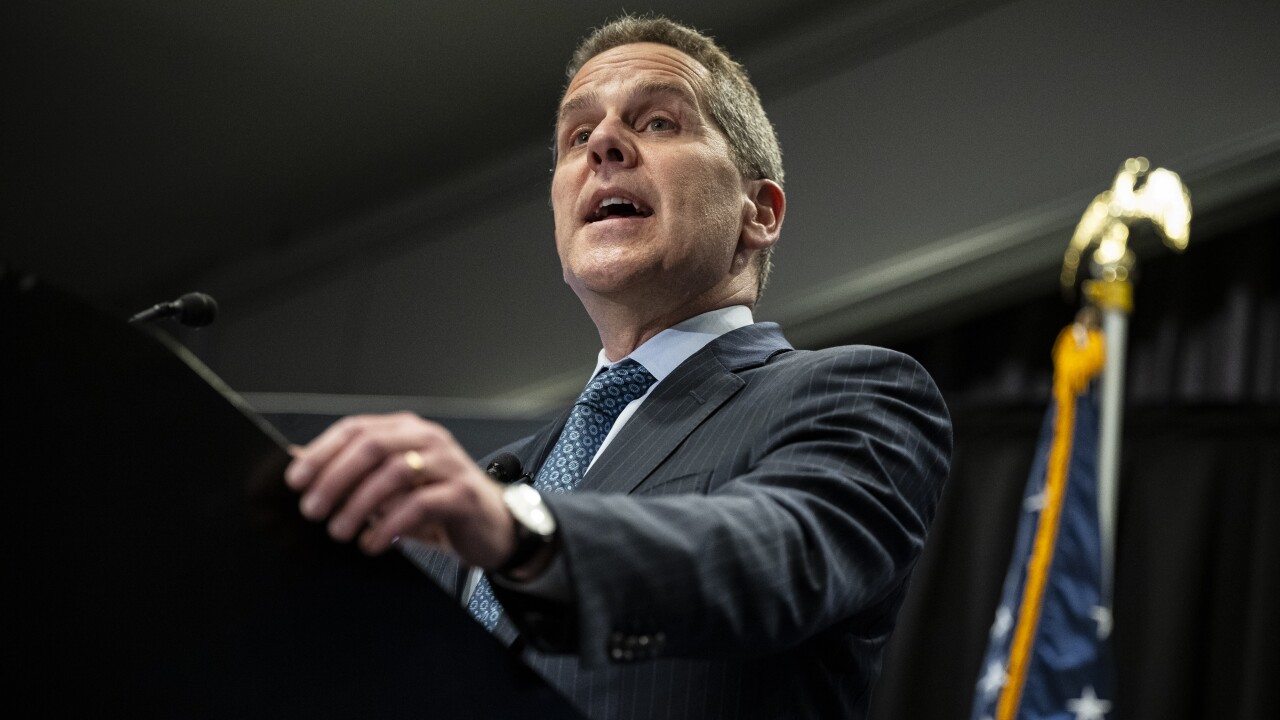-
When we create cultures in which higher-ranking managers become insulated from ever facing a "yes" or "no" from a customer, our leaders lose a little perspective.
May 1 -
The best sales folks realize rejection isn't a sign theyre bad at their jobs. It's a sign they are actually out there doing their jobs.
April 2 -
Finding ways to spotlight and promote our small business customers within our branches strengthens a customers bond with his bank like few things can.
March 6
The term "showrooming" has been coined to describe the phenomenon that has folks decoupling where they shop from where and how they buy.
What was once mostly a practice of techies has become mainstream and is impacting retailers from mom-and-pop stores to giant discounters. And while shopping for bank products doesn't require hands-on inspection or a store (branch) visit, these new behaviors are affecting us as well.
Growing numbers of shoppers are using stores as showrooms to physically inspect items and then search for better deals on those products online. I've seen my wife scan an item with her smartphone, search for it online and purchase it from another online retailer while we stood there in a store. I walked out feeling I should be handing someone a tip for use of their facilities.
Recent
Fair or not, this is the new reality for most retailers and portends a sea change in how folks shop for all manners of things.
The music store where my younger son takes lessons has begun including the "online price" followed by the "store price" on their guitars' price tags. The store price always matches the online price.
When I kidded with the manager about that fact, he told me that in the last couple of years, people walk into his store, test guitars off of his wall, take pictures of them, and then shop for them online. He explained that he actually wants a customer to question him if he finds a lower price online. He then at least has a chance to either match the price or explain to a customer why spending a few more dollars with him would be worth it.
The manager says that if he can get folks chatting about "musician things" he has a better than average chance of establishing at least some kind of connection with them. Then, he's not simply the guy charging more than the faceless guys online.
Something that many smart retailers like this manager have learned is that they cannot afford to sit back and not engage customers in their presence. If no personal connection is made with a shopper, purchase decisions often come down to price. And customers now have instant and complete pricing information at their fingertips.
I often talk about issues like this with banker groups to make the point that folks now have their most trusted advisor always with them, right in the palms of their hands.
On occasion, a banker will remind me that I've stated previously that friends and family are shoppers' most trusted advisors. I then point out, "Well, how do you think they communicate with them?" Whether someone is performing a Google search or texting a friend, the dynamic is the same.
Today's mobile technology encourages and enables higher levels of skepticism and scrutiny by customers than ever before. But technology doesn't tilt the playing field. It levels it.
As some begin to feel a little depressed about the idea that our businesses seem to be heading inescapably to a low-cost provider competition, I suggest that no bank is going to differentiate itself purely on pricing over the long haul. We're going to charge what's fair to customers and sustainable to us, and everyone will be in the same ballpark.
But as our products, and even the way they are shopped for, become more homogenous and technology driven, the way customers "feel" about doing business with us takes on more importance than ever. Our branches (of whatever type, size and location) will either be our competitive advantage or our albatross.
If we allow customers to experience a branch visit as they typically experience a post office visit a necessary evil we practically encourage them to shop elsewhere when considering their next financial need. If nothing about a visit makes me feel respected, or informed or appreciated, why would I be particularly interested in bringing more of my business there?
While face-to-face interactions may be nowhere near the most common banking transaction these days, they continue to have an inordinate influence on how customers think and feel about a bank. We cannot afford to waste them.
Are customers in and around your branches today sensing that you value and appreciate the fact that they are? Strive to make any interaction with one of your bankers the friendliest and most professional contact a customer has with any service provider today.
Their search for a trusted banking relationship will end with you.
Dave Martin is an executive vice president and chief training consultant at NCBS, a SunTrust Banks Inc. subsidiary that offers consulting, training, design and construction services for retail banking programs. He can be reached at





